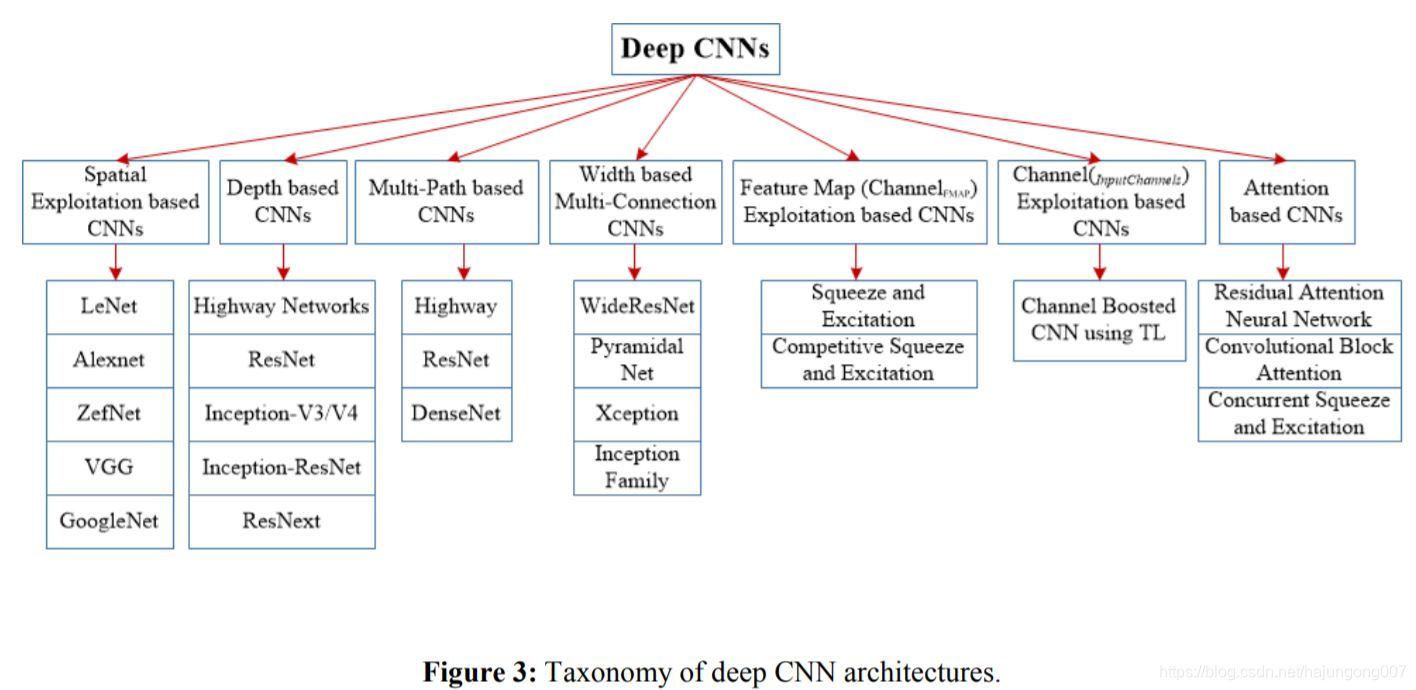版权声明:本文为博主原创文章,未经博主允许不得转载。 https://blog.csdn.net/hajungong007/article/details/86580082
paper
另外一篇总结目标检测的文章:
Recent Advances in Object Detection in the Age of Deep Convolutional Neural Networks
- There are some challenges faced during the training of deep CNN model; some of which are given below:
- Deep NN are generally like a black box and thus lack interpretability and explainability. Therefore, sometimes it is difficult to verify them, and in case of vision related tasks, CNN may offer little robustness against noise and other alterations to images.
- Each layer of CNN automatically extracts better and problem specific features related to task. However, for some tasks, it is important to know the nature of features extracted by deep CNN before the classification. The idea of feature visualization in CNNs can help in this direction.
- Deep CNNs are based on supervised learning mechanism, and therefore, availability of a large and annotated data is required for its proper learning. In contrast, humans have the ability to learn and generalize from a few examples.
- Hyperparameter selection highly influences the performance of CNN. A little change in the hyperparameter values can affect the overall performance of a CNN. That is why careful selection of parameters is a major design issue that needs to be addressed through some optimization strategy.
- Efficient training of CNN demands powerful hardware resources such as GPUs. However, it is still needed to explore that how to efficiently employ CNN in embedded and smart devices. Few applications of deep learning in embedded systems are wound intensity correction 172, law enforcement in smart cities 173, and many other 174.

